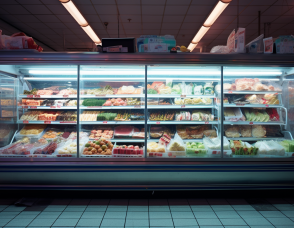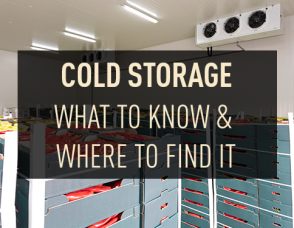Gateway Goes to Chile to Chill Cherries
We believe in doing it right the first time. That’s why when David Geen came to us with an exciting challenge, we went where other companies wouldn’t have gone – Chile.
Known for their unique late season harvest, Jealous Fruits, Kelowna’s family run cherry farm, has proudly served Canadians with B.C.’s finest cherries for over 110 years. When the Geen family asked us to design a new cooling system for their state-of-the-art sorting and packing facility, we knew we wanted to get it right.
We sent our team to South America to get a firsthand look at how Chilean’s keep their cherries fresh.
Blake Pizzey from our Kelowna team took a week in December – with his wife’s permission of course – to meet up with the Geen family in Chile and research the best ways to chill cherries.
“Its not enough to just understand cooling systems and refrigeration methods. To fully design a system to the clients needs, you need to be 100% competent in their practices, work flows, jargon and farming seasons. If you don’t have that knowledge, it’s pretty hard to be an expert on the refrigeration side.”
Wind cooling facilities are used in a lot of places around the world but aren’t as common in Canada. Blake and the Geen family toured four facilities, met with local cherry farmers, and toured a few of the wineries in the region.
The typical Chilean cherry plant uses bin drenchers for cooling the cherries from the field and no in-line hydro cooler. As a result, their cherry temperature is higher during processing and packaging. Once the cherries are packaged the Chilean’s completely rely on “tunnel cooling” to pull down the cherries to their final temperature. Since they completely rely on this method the Chileans have perfected this practice. But now the Canadian cherry farmers and packers are wanting the best of both worlds 1) Canadian in-line hydro coolers and 2) dedicated Chilean style “tunnel cooling” rooms. Visiting these facilities confirmed our design for the tarp and refrigeration system in the 12 dedicated rooms at David’s new facility.
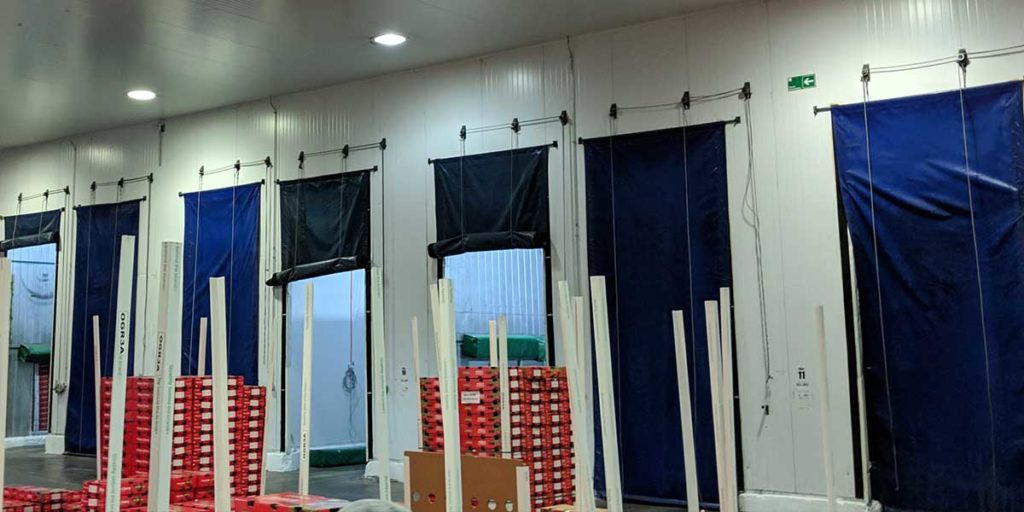
Garces Fruit’s San Francisco plant was the largest of the facilities visited, and while it’s much bigger than the facility Jealous Fruits requires, it was useful to see how larger operations function. Garces facility uses glycol as its secondary refrigerant and has large-dedicated wind tunnel rooms with two levels of pallet racking. Their smaller facility, Molina Plant, uses an ammonia-based refrigeration system.
Frusan’s facility also uses an ammonia refrigeration system but with a slightly different approach to their tunnel cooling. The space between the pallet rows is where the coils and fans are actually located. Panagro’s San Fernando cherry cooling facility is closest in size to those in British Columbia and the tunnel cooling systems are identical to those at Garces Fruit’s Molina plant. While touring the facilities our team also made observations on the alternative methods for cooling their process water but their primary focus was researching wind tunnels.
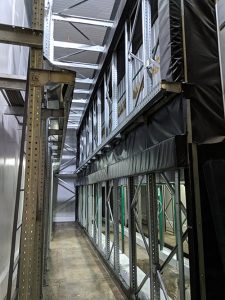
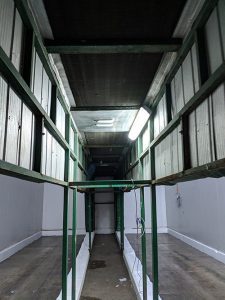
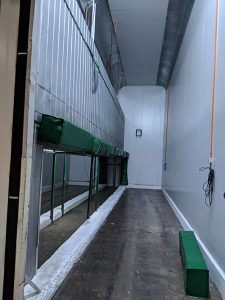
Touring these facilities was beneficial because it gave our team the insights and confidence to create a wind cooling facility unlike any other in Canada.
“It’s nice to verify our design, load calculations and equipment selections. No one has really done it in Western Canada to the extent that it’s done in Chile, so we are taking the first stab at it. It was nice to meet with the Chilean’s operation managers, completely go through their refrigeration system, receive all their specifications and product literature, then come back and be able to do the reverse engineering. We now have complete confidence its going to work the first time.”
For Blake, making sure the facilities were comparable was a priority for keeping our client happy.
“For our client, it’s peace of mind. He wants a facility to run the same way as the big ones, and he now knows that we can create what he wants because we have actually seen it in person”
For Gateway, the trip to Chile gave us invaluable knowledge to help put Jealous Fruit’s facilities on the map.
“For us, we put a lot of care and time into the design of his refrigeration system and it makes sense for us to follow through. It’s not just a great trip for the employees of Gateway but it helps us carry out the client’s vision. This felt like 10 years crunched into a few days. I see these smaller facilities in Canada, but now I’ve witnessed the bigger ones and feel comfortable speaking the same language and terminology with our client.”
The trip wasn’t all business, though. We managed to find some time to enjoy the Chilean sites.
Blake and Glen Gulevich, the branch manager for one of Kelowna’s suppliers, spent a few days driving through small towns and exploring the coast. They saw little cars hurtling down the highways, and even had a small encounter with the police. Luckily, they were only pulled over because a tail light was out!
Blake took in some kiteboarding on the ocean which is an activity he enjoys in Kelowna. They bonded with the Geen family and were able to connect on a more personal level. Blake, a father of two little ones, was able to connect with David’s wife, Laura Geen, as she passed on some wonderful parenting advice.
“Laura was awesome, it was nice chatting with her, she’s a farmer mom and has lots of good information and parenting advice. It was nice to get close to the family and build a stronger relationship.”
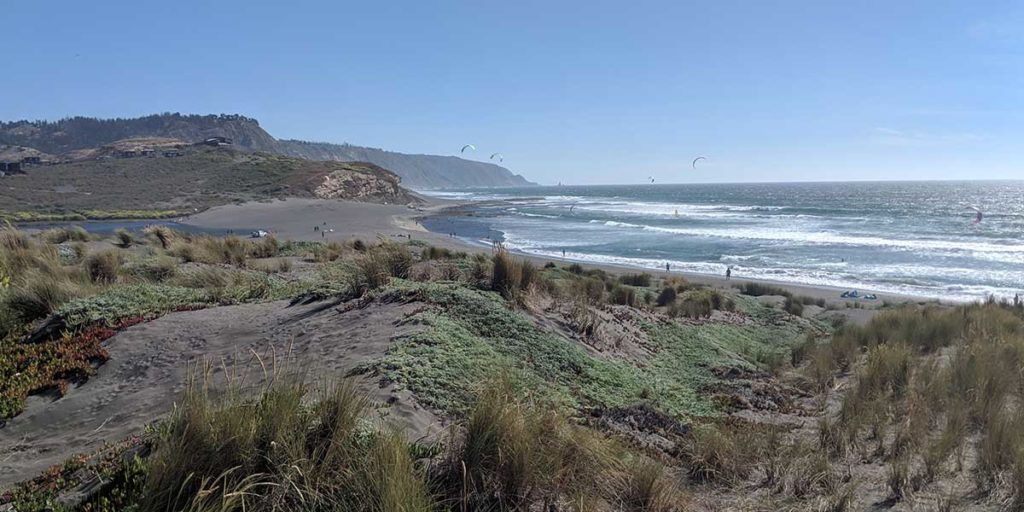
For Gateway, the trip to Chile was more than just learning about the best practices for cherry refrigeration. It was about connecting with our client, understanding their needs, and building the trust necessary to do it right the first time. It was about going the extra mile and putting in the work.
Our philosophy is simple with Gateway, it’s personal, and the more we do to support our client’s success, the more successful we are as a company.

